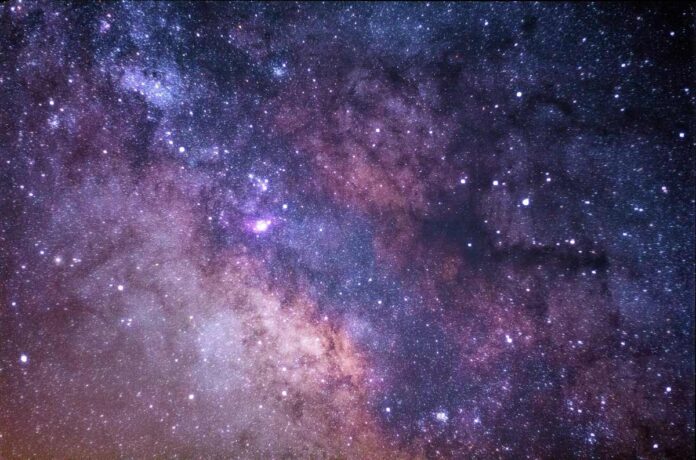A well-known bright star in the southern skies may be a “unique object” that has remained “hidden in plain sight” until now, according to a new study, a discovery that may offer an unprecedented glimpse into the mysterious innards of stars.
Gamma (γ) Columbae, a star located approximately 870 light years from Earth, has long been considered a typical massive star. According to a study published on Monday in Nature Astronomy, scientists have proposed that Columbae is the “stripped pulsating core of a massive star,” meaning that its atmosphere has been torn away to expose the nuclear fusion factory at the star’s centre.
In an interview with Motherboard, Norbert Przybilla, head of the Institute for Astro- and Particle Physics at the University of Innsbruck and a co-author of the study, described the discovery of Columbae’s secret identity as “serendipitous.” “All we were doing was analyzing a large number of stars.” At first glance, you wouldn’t expect the star to be anything special, but upon closer inspection, it became clear that it was something we hadn’t seen before.”
“It’s always surprising what you’ll find if you look closely,” he added.
Przybilla and his colleagues identified telltale signatures in the light spectrum of Columbae that indicate chemical abundances consistent with a star that has lost its outer atmospheric envelope. The team hypothesised that this gassy veil was likely ripped off by an unseen companion star that is close to Columbae or has recently merged with it.
As a result, Columbae has shrunk from a “normal” star about 12 times the mass of the Sun to a buck-naked core about five times the Sun’s mass. Astronomers can occasionally see details about the cores of extremely massive stars in their late stages, known as Wolf-Rayet stars, or the cores of “subdwarf” stars similar to the Sun, but Columbae is the first exposed core in this mass range to be discovered. According to the study, this makes the star “a unique testbed for stellar (binary) evolution, so far hidden in plain sight.”
“Having a naked stellar core of such a mass is so far unique,” Przybilla said, calling it a “oddball.”
“We have ideas about how the cores of very massive stars look from Wolf-Rayet stars, and we know how the cores of low-mass stars look from subdwarf stars, but we don’t have much evidence in the middle, so far,” he said. “This is the initial step.”
Przybilla and his colleagues believe that Columbae is currently experiencing a transitory phase of disequilibrium that will last only 10,000 years. Columbae was previously a regular massive star that had exhausted hydrogen fusion in its core, causing its outer gassy layers to expand and encompass a companion star in a common atmospheric envelope. Instabilities caused by this interaction resulted in the ejection of the envelope and, possibly, a merger of the two stars.
What remains is the star’s incredibly hot core, which is most likely burning through helium at this point. The star will eventually regain its equilibrium by transforming into an extremely hot core that will fuse heavier elements together for another million years or so before dying in a spectacular type of stellar explosion known as a stripped core-collapse supernovae. The star will then have a long afterlife as a type of extremely dense remnant known as a neutron star.
Finding an object in this phase is “very unique,” Przybilla said, because “it only lasts for a few thousand years, probably—long for us humans, but very very short in astronomical timescales.” “It will always be a strange object.”
As a result, Columbae provides an unparalleled window into the core forces that power stars, with the potential to answer a slew of astrophysical questions. The object, in particular, can shed light on the evolution of binary star systems, which can have more complicated lives than single-star systems like our solar system. Przybilla and his colleagues believe that asteroseismology, or the study of oscillations within stars, would be especially useful in probing the star’s structure.

